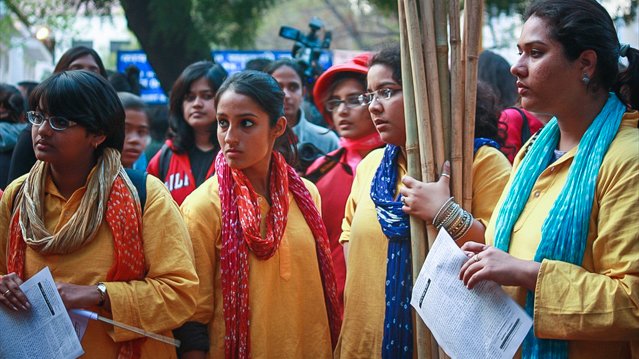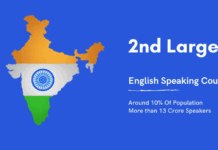Girls are at risk of child marriage, adolescent pregnancy, child domestic employment, poor education and health, sexual abuse, exploitation, and violence as a result of the prevalence of gender discrimination and social norms and practises. Unless girls are valued more, many of these expressions will continue.
In India, gender inequality still exists. In Indian society, women are subjected to gender discrimination on all levels. Females are relegated to household chores, raising children, and caring for families, regardless of their educational degrees or work profiles, at the household level. Women have fewer career opportunities and are paid less for the same task at her employer.

What is Gender Discrimination?
Gender discrimination is when someone is treated unfairly or unfairly because they are of a particular gender. Women are more often than not the victims of gender prejudice.Education and learning opportunities: India’s literacy statistics by gender reveal a significant disparity between men and women. Effective literacy rates (age 7 and up) were 82.14 percent for men and 65.46 percent for women, according to census statistics from 2011. Parents are hesitant to invest in girls’ education because they believe that educating women will only benefit their spouses and in-laws in the future.
The Indian constitution guarantees men and women equal rights and benefits, however most women in India do not have access to these rights and opportunities. This is it. The Indian constitution guarantees men and women equal rights and benefits, however most women in India do not have access to these rights and opportunities. This is due to a variety of factors.

Causes of Gender Equality
Poverty
In patriarchal Indian society, this is the underlying cause of gender discrimination, as economic dependence on the male counterpart is a cause of gender imbalance. A total of 30% of the population lives in poverty, with women accounting for 70% of the population.
Illiteracy
Discrimination against women In India, this had resulted in girls’ educational backwardness. Despite the country’s educational reforms, girls in India continue to be denied the opportunity to learn. People must recognise the benefits of educating girls, and their mindsets must be changed. A well-read, educated woman ensures that other family members, particularly the children, receive a good education.

In our Indian society, there is a patriarchal structure
In India, men dominate societal and familial life. This has always been the case and is still the case in the majority of households today. Though urbanisation and education are helping to modify this mindset, there is still a long way to go to permanently transform the situation.
Men dominate societal and familial life in India
In the majority of households, this has always been the case and continues to be the case today. Although urbanisation and education are helping to change this mindset, there is still a long way to go before the situation is permanently changed.

Womens Lack of Awareness
The majority of women are uninformed of their basic rights and capacities. They have a rudimentary awareness of how socioeconomic and political forces influence them. Because of their ignorance and unawareness, they accept any discriminatory behaviours that have existed in families for generations in the name of tradition and cultural norms.
Gender prejudice in India can only be stopped if girls are not denied the opportunity to learn and thrive. In terms of educational chances, both girls and boys should have a great start in life. This will assist them in achieving economic independence as well as being properly equipped to contribute to their own and society’s upliftment.















































